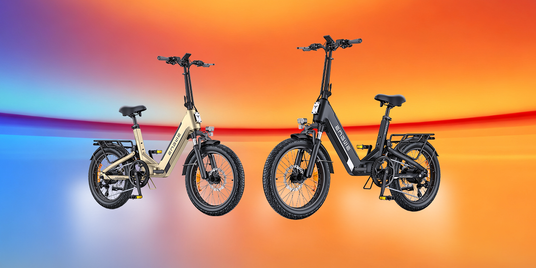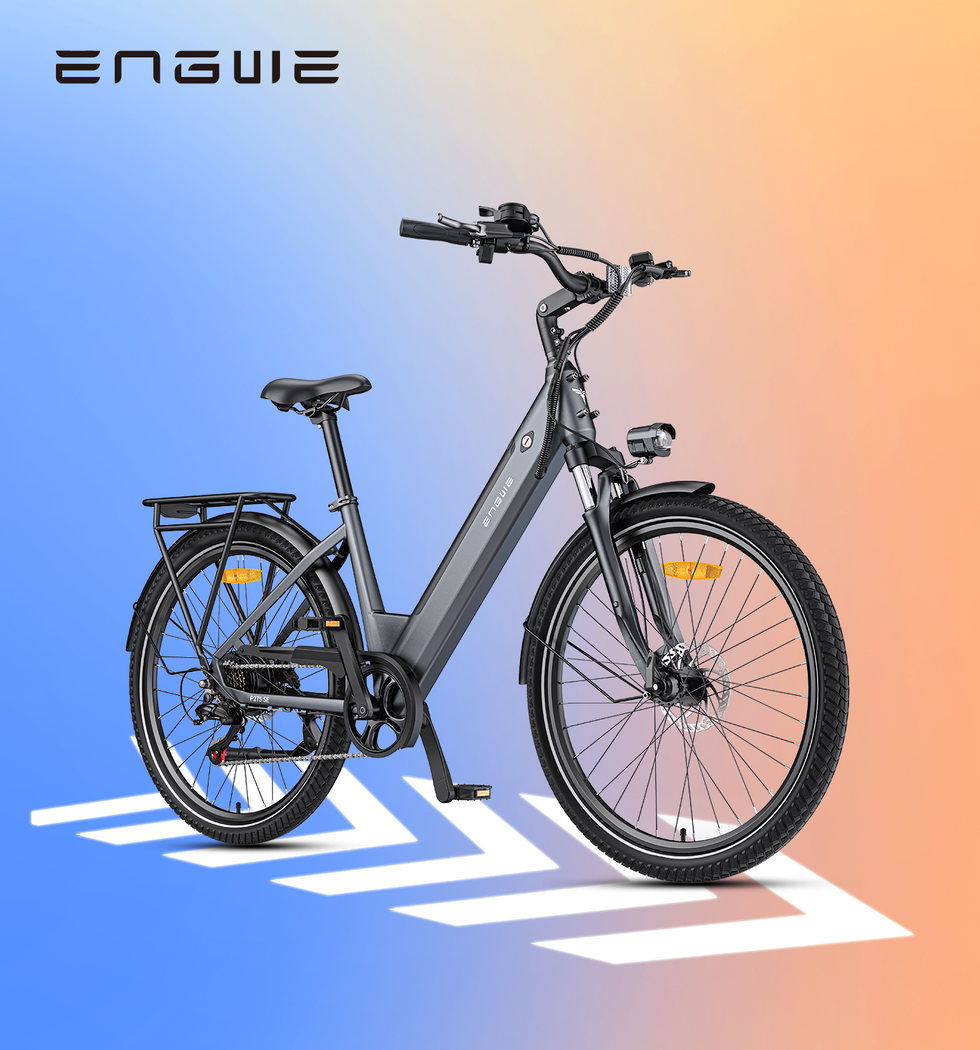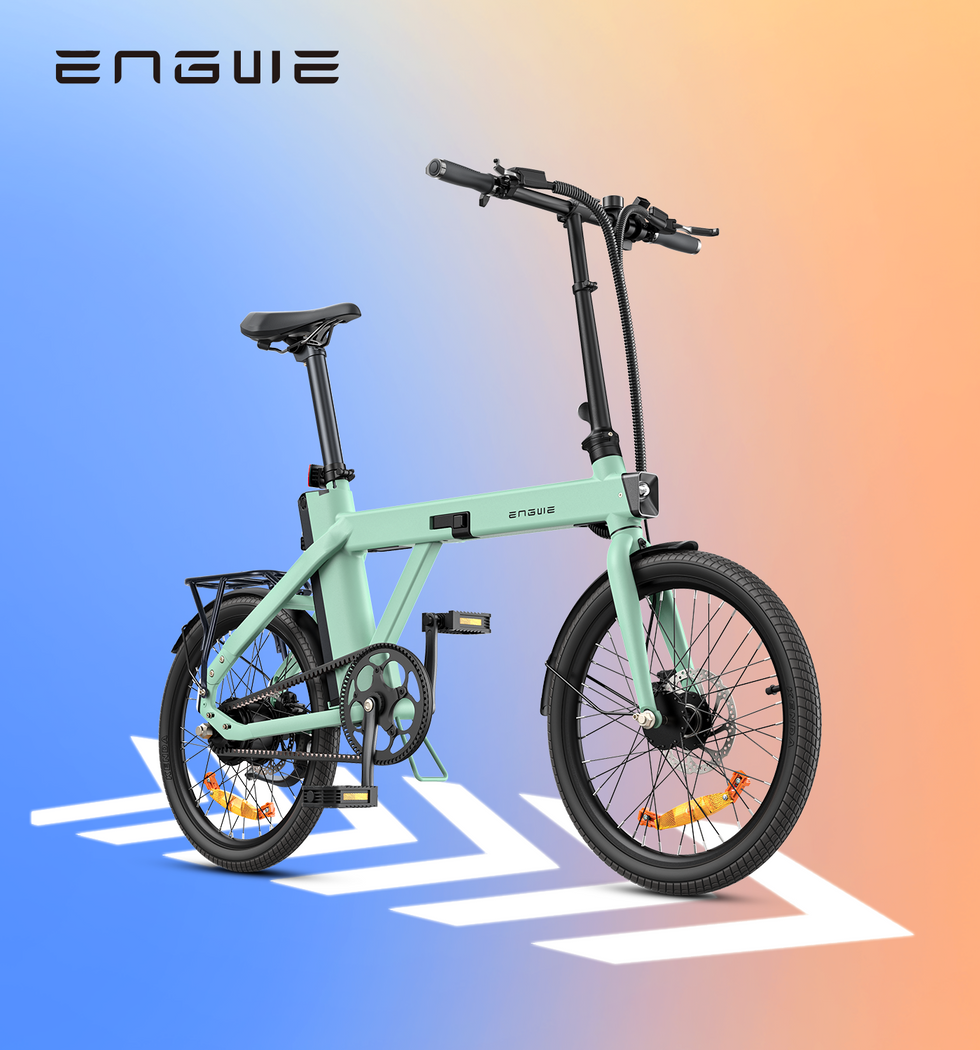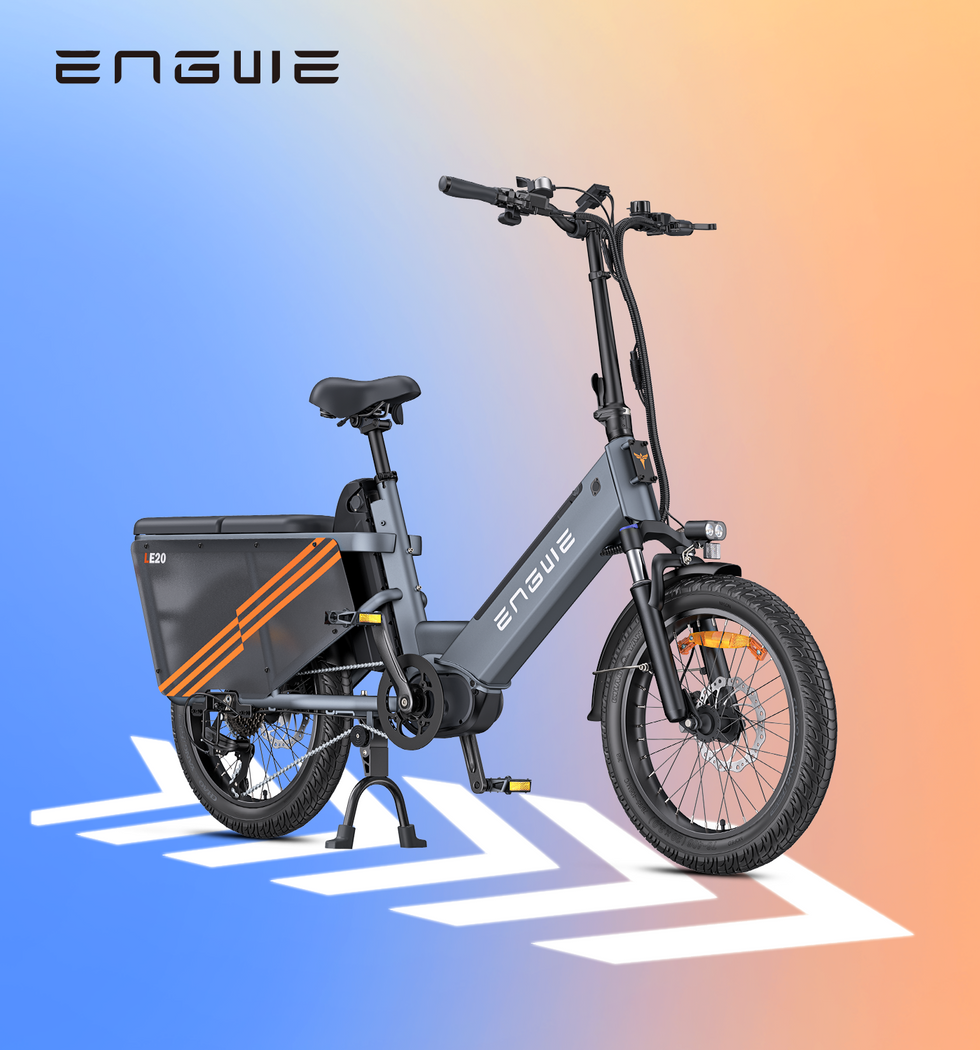Most riders who are involved in mountain biking mainly focus on other things, like suspension, tires, or gears. But one thing that affects comfort, control, and performance is the handlebars of the bike. Finding the perfect choice of handlebars is not a matter of just appearance; it changes how a bike feels, how much it affects riding, and how much strain is taken on the body on a long ride.
This article will take you through the three key parameters in choosing mountain bike handlebars - width, rise, and sweep. By the end, you should know how to choose those that fit your body and riding style.
Why Handlebars Matter
The handlebars are the essential link between the rider and the bike. Steering, balance, and body position are aided primarily by handlebars. Too wide, too high, or too much angle can lead to discomfort with loss of control and even injury; conversely, the right handlebars can make riding a far more pleasurable experience.

Handlebar Width
Handlebar width essentially is the distance from end to end of the bar, measured in millimeters. Grip width for standard mountain bikes today is typically within a range of 700 mm to 820 mm.
Effects of Width on Riding
Handlebar width affects not only comfort but also the way you control your bike. Choosing the right width can make climbing easier and descending more stable.
Wider grip:
-
It will provide more stability and control, mainly over downhill trials.
-
Allows opening of the chest, which makes it easier to breathe on the climbs.
-
But it may feel a bit awkward on tight trails with trees.
Narrower grips:
-
Allow for a quick and sharp steering action.
-
They are easier to use in a narrow path or urban environment.
-
But they may feel less stable at high speeds.
Finding the Right Width
Personal preference determines what a particular rider wants to choose. The height of the rider and shoulder width give a tall person more leverage to ride with something wider, while a smaller person can appreciate narrow bars.
Quick Tip: Stand up and extend both arms straight out to the side as far as they can, and then measure that distance from side to side, or from tip of the fingers to tip of the fingers.

Handlebar Rise
The term rise refers to how high the handlebar juts up from its intersection at the center of the handlebar. Measurement is provided in millimeters, usually 0 mm (flat bar) to about 50 mm or more.
Effects of Rise
The rise of your handlebars changes your body position and overall comfort on the bike. Picking the right rise can make climbs more efficient and descents more controlled.
Flat and low-rise:
-
Put the biker in a more forward position, actively engaged.
-
Works well for steep climbs and cross-country riding, where energy efficiency is important.
-
But it may cause strain to the back and wrists after long rides.
High-rise:
-
Put you back to an upright position whenever you feel so good, which leads to more control downhill.
-
Relieves stress on your lower back.
-
But going uphill might not feel efficient with these.
Finding the Right Rise
If you are heading downhill or enduro, higher-rise grips may feel more natural and stable on your bike. Cross-country riders willing to sacrifice climbing efficiency near the top for every downhill track advantage are better off on lower-rise or flat bars.

Handlebar Sweep
Sweep refers to the angle at which the handlebars bend around the radius backward (toward you) or angularly upwards, both broadly classified into two:
-
Backsweep: that is, how much the bars sweep back toward you.
-
Upsweep: how much the bar is tilting upward.
Most mountain bike handlebars at this moment have about 7–9° of Backsweep and around 4°–6° of upswell.
How Sweep Affects Riding
The sweep of a handlebar influences wrist comfort and the way your upper body aligns while riding. The right sweep angle can reduce strain and improve control depending on your riding style.
More backsweep:
-
Keeps the wrist in a natural position, thereby alleviating strain.
-
Beneficial on long rides or for those with wrist pain.
-
But an excessive amount can detract from control on rough technical trails.
Less backsweep:
-
Keeps the rider forward into an aggressive riding stance.
-
Better for fast and technical riding.
-
But it could put more stress on the wrists.
How to Choose the Right Sweep
So if comfort is your priority, choose handlebars having more backsweep; if you prefer downhill riding with tricks, a moderate sweep is wiser in order to give you better control.
Other Considerations
When choosing handlebars, it’s not just about width, rise, or sweep. The material, clamp size, and even the ability to trim the bars also play a big role in comfort and performance.
Material
-
Aluminum handlebars: Cost-effective, strong, durable, and consistent.
-
Carbon fiber handlebars: Lighter, capable of absorbing more vibrations, and expensive.
Clamp Diameter
The classic setup for handlebars is either 31.8 mm or 35 mm as a clamp diameter. Wider clamping increases rigidity, which is beneficial for aggressive riding, while some riders appreciate a comparatively softer feeling of small clamps.
Cutting Down Handlebars
Do you find the bars far too wide? No need to fret. Most handlebars may be trimmed when done with the right saw and guide, but take care to measure out very little at a time and test ride before taking any fresh cuts.

Putting It All Together
Handlebars: choose them wisely, for actually knowing that most of them never fit all. It's a unique body dependent on its styles and also the different terrains.
Here is a summary:
-
Cross-country: narrow (700–740 mm), flat or low rise, less sweep.
-
Trail: medium width (740–780 mm), moderate rise, balanced sweep.
-
Downhill: wide (780–820 mm), high rise, moderate sweep.
And always remember comfort: if, after a ride, your wrist, shoulder, back, or anything else aches, get a new handlebar.
ENGWE Handlebar Options
ENGWE has ready-made high-quality handlebar alterations for comfort and durability. These are two excellent alternatives:
-
BMX Handlebar for Engine Pro / Engine Pro 2.0 / L20.30 Boost / L20 3.0 Pro - built for strength and stability, perfect for extra control in any kind of terrain.
-
BMX Handlebar for EP-2 Pro / Engine X / EP-2 Boost - lightweight, relies firmly in its performance, very smooth even for daily rides, and perfectly manages efficient manipulation.
These tailored ENGWE handlebars, when combined with the right geometry, will be able to make all the difference when it comes to grip, comfort, and confidence, whether on road or trail.
Conclusion
Handlebar choice is very much like the choice of a mountain bike: pretty insignificant on the outside, but it really matters in terms of feel. Correct selection of handlebar width, rise, and sweep together can help in proper comfort, control, and performance in terms of trails. You have to try various setups, listen to your body, and then make the needed changes.
At the end of the day, the best handlebar is the one that makes riding more enjoyable and closer to nature for you. If you want bikes that already come with well-designed handlebar settings, great brands like ENGWE provide this.



